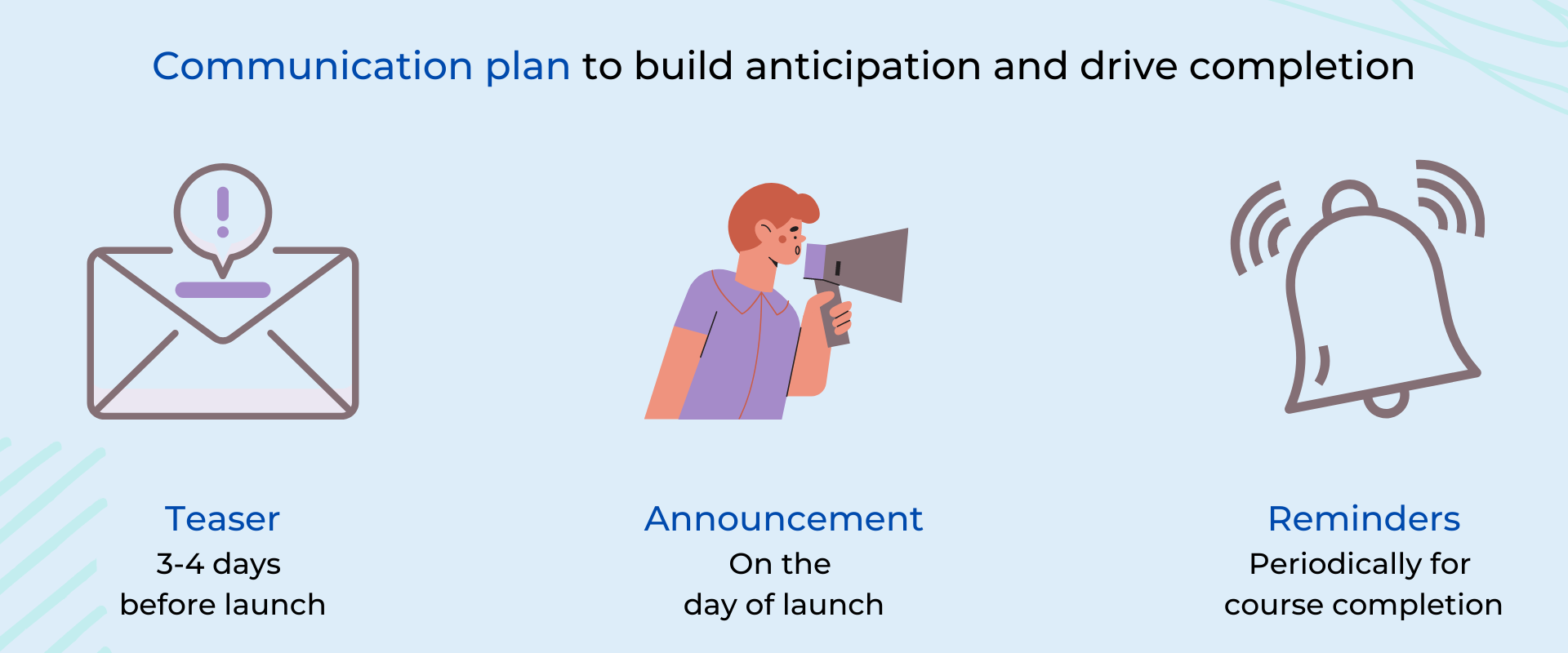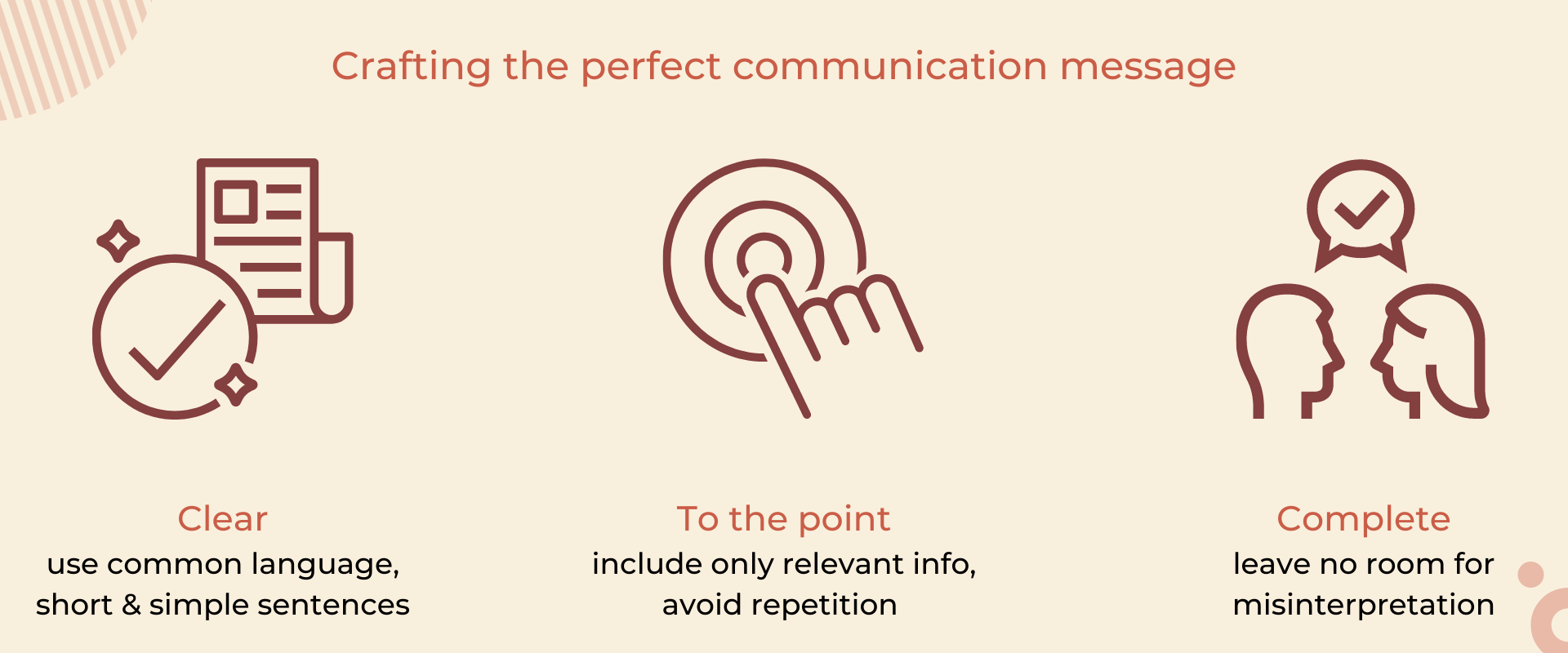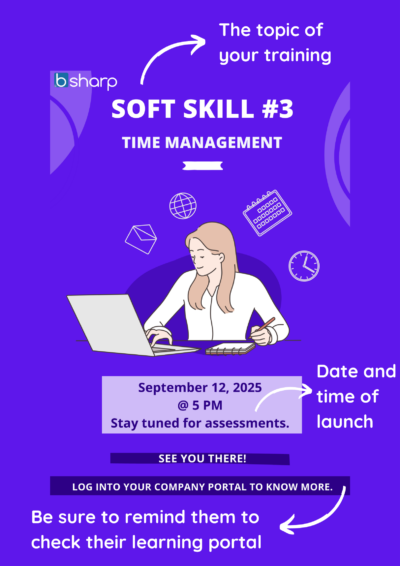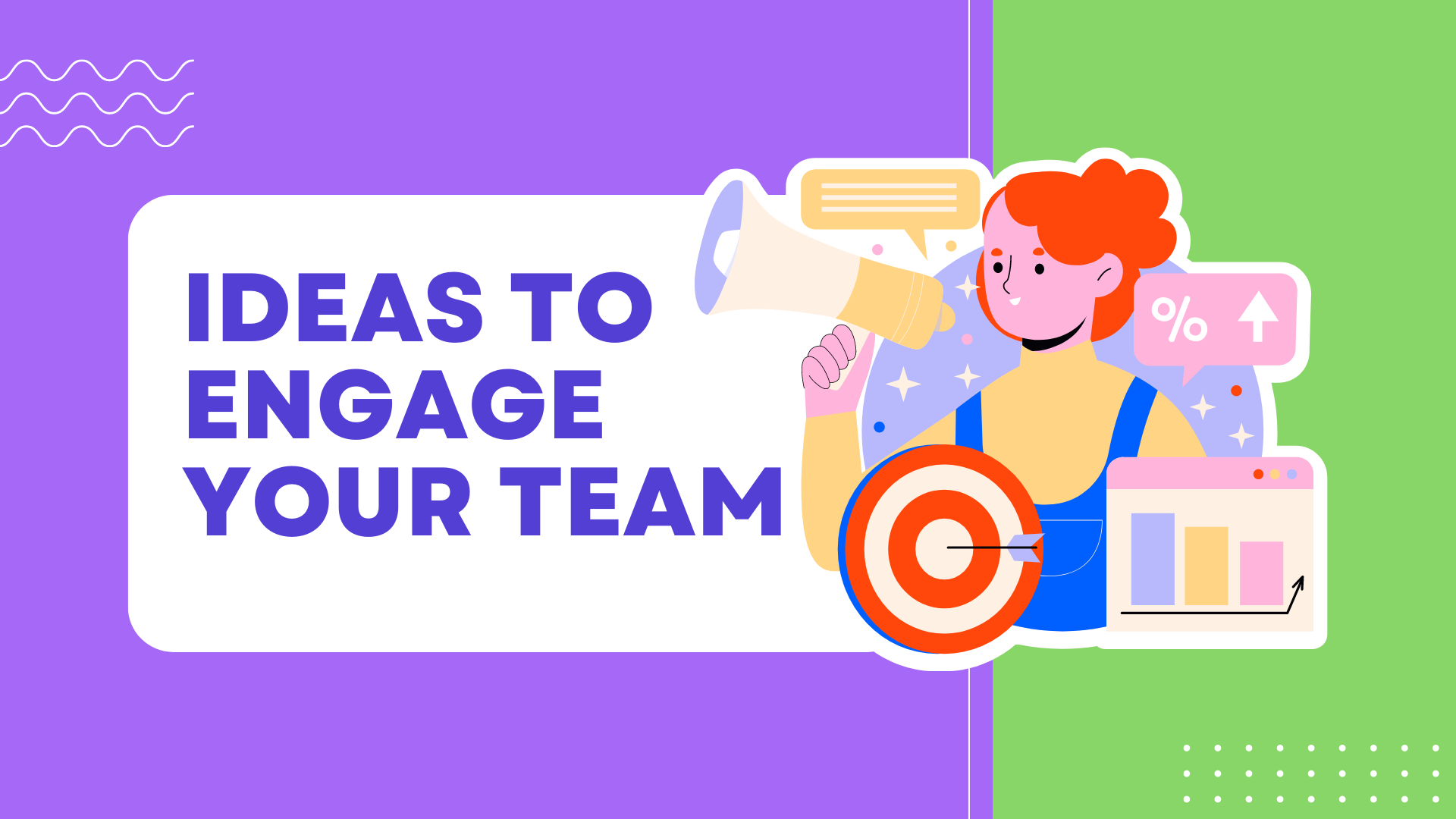How a good communication plan can help drive engagement and course completion

How a good communication plan can help drive engagement and course completion



So, you’ve decided you want to create a continuous learning program, you’ve created a content plan, created your training, and, you’ve deployed it. But, no one from your team seems to take notice, so no one consumes your training. What do you do next? We’ll walk you through what needs to be done.
In this blog, we will take a look at how you can plan your communication to build excitement and drive your audience to complete your training.
This is the third instalment in our blog series on creating a solid continuous learning program for your frontline.
Role of communication in a continuous learning program
The communication you send to your learners should inform, nudge, instil a sense of urgency, and motivate. Let’s look at each of these elements in more detail.
Inform: Mention what topic is being covered, when the training will be published, and where the learners can find it.
Nudge: Once published, you can send messages that tell users how many people have already completed the course. This will push the rest to take the training. This is a nudge in action. You’re gently steering your learners towards a desirable outcome while keeping their other options open.
Urgency: Mentioning that the training has to be completed before a certain date and that it won’t be available after that time will help you boost rates of course completion.
Motivate: Finally, if you mention that the learners can earn points, prizes, and badges for completing the course, along with extra perks for fast finishers and top scorers, you can achieve better rates of course completion.
A regular stream of reminders, or even motivational messages can help your learners stay on their learning targets at all times.
Creating a communication plan before launching your training
When you launch a training program, you will have to inform your audience about it, nudge them to complete it, and inform them of their performance. To make that happen, you need to put a communication plan in place that accounts for all the stages leading up to the day of your launch.
Consider the following steps:
Teaser: 3-4 days before you launch your training. This will help you build anticipation and interest in your training. Let people know where they can find this content, what topics you will be covering, and when you are going to launch this content.
Launch: On the day of launch. How will you let people know when you have launched your content? Will you send them SMS notifications or email reminders? This step is crucial. Your message has to make people click on the training and complete it.
Reminders: You will also need to send out periodic reminders after your content has been launched, to push your team to complete the course.


Measuring the impact of your communication
If you’re able to view how many people view your communication and actively engage with it, you will be able to gauge how many people will consume your training.
- Enabling features such as blue ticks for when a message has been viewed, for instance, can help you.
- Further, Bsharp Learn can also tell you how many times your training has been viewed after it has been uploaded.


Once you have an idea of the impact, you can take action towards improving it. You can try these ideas:
- Amp up communication
- Communicating more crisply
- Sending motivational messages from top management
- Utilising internal levers like direct managers to talk to their team directly for immediate action.
Crafting the perfect communication
You’ll need to focus on two broad things: the message, and the format you choose for sending your message.
To communicate effectively and efficiently, you will need to make sure that your message is clear, to the point, and leaves no room for misinterpretation.


Next, you’ll need to create some communication collateral that you can circulate. Tools such as Canva, Adobe Illustrator are great for creating posters. The A4 page layout setting on PPT can help you create posters as well (remember to export as a PDF or JPG). To create your poster, you can follow the structure below


Getting your message across
Once your training and communication collateral is ready, you will then need to choose a platform to notify your learners. You have the following options
- Enterprise Social Networks – Facebook Workplace, Yammer
- Messaging Tools – Slack, Flock, Email, WhatsApp
- Bsharp Learn
Once your training and communication collateral is ready, you will then need to choose a platform to notify your learners. You have the following options
- Enterprise Social Networks – Facebook Workplace, Yammer
- Messaging Tools – Slack, Flock, Email, WhatsApp
- Bsharp Learn
| Use Case | Employee Social Networks | Messaging Tools | Bsharp Learn |
|---|---|---|---|
| Automatic app and email notifications when content is published | |||
| Discussions around content | Limited | Limited | |
| Visibility of who has seen your communication |
| Use Case | Employee Social Networks | Messaging Tools | Bsharp Learn |
|---|---|---|---|
| Automatic app and email notifications when content is published | |||
| Discussions around content | Limited | Limited | |
| Visibility of who has seen your communication |
Hosting your content on a platform like Bsharp Learn can help you worry less about the communication aspect of your continuous learning program.
Benefit
A well-timed nudge can well set your learners on the path of learning and improving continuously. They’ll thus be better equipped to handle changing market conditions, customer expectations, and help you achieve your larger business goals.
